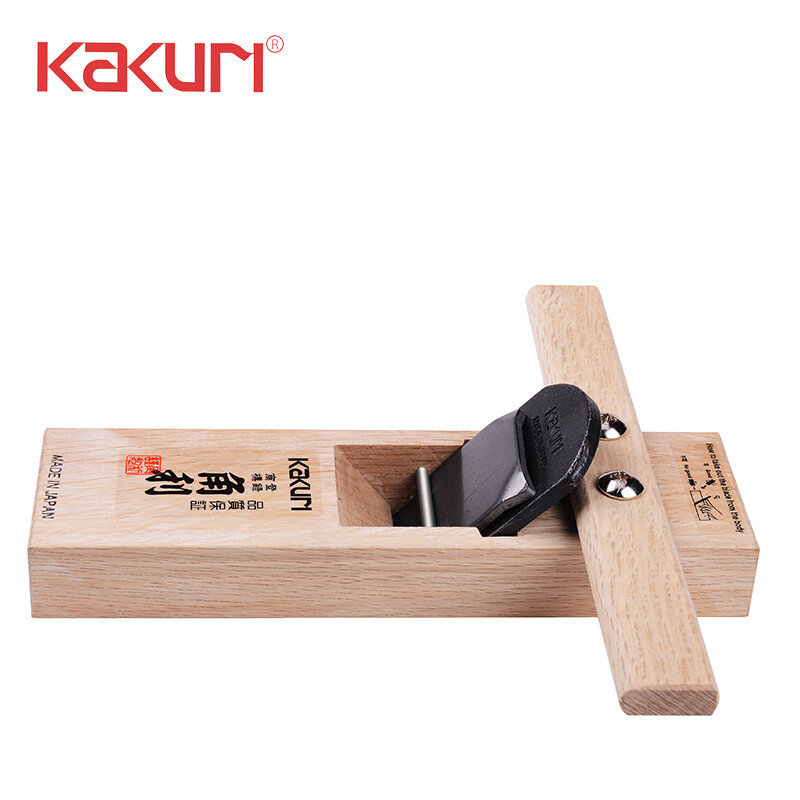transatlantic
Boom!
I use Japanese planes as I find them easier to use. I also use a lot of soft wood like pine as it is easily accessable. However, it also has a lot of knots. I try to avoid the knotty material when possible, but am often left with some. They're rock hard, and unless I really push the plane with some speed, the plane will stop at the knot and dig in. I'm pretty confident the plane is sharp as I get very nice results otherwise (cuts my hair etc).
So my question is, do you guys avoid planing knotty areas? perhaps just sand them? or do you just plane them as normal?
I suspect it's also removing the sharp edge on the blade by continually wacking into them?
So my question is, do you guys avoid planing knotty areas? perhaps just sand them? or do you just plane them as normal?
I suspect it's also removing the sharp edge on the blade by continually wacking into them?

































